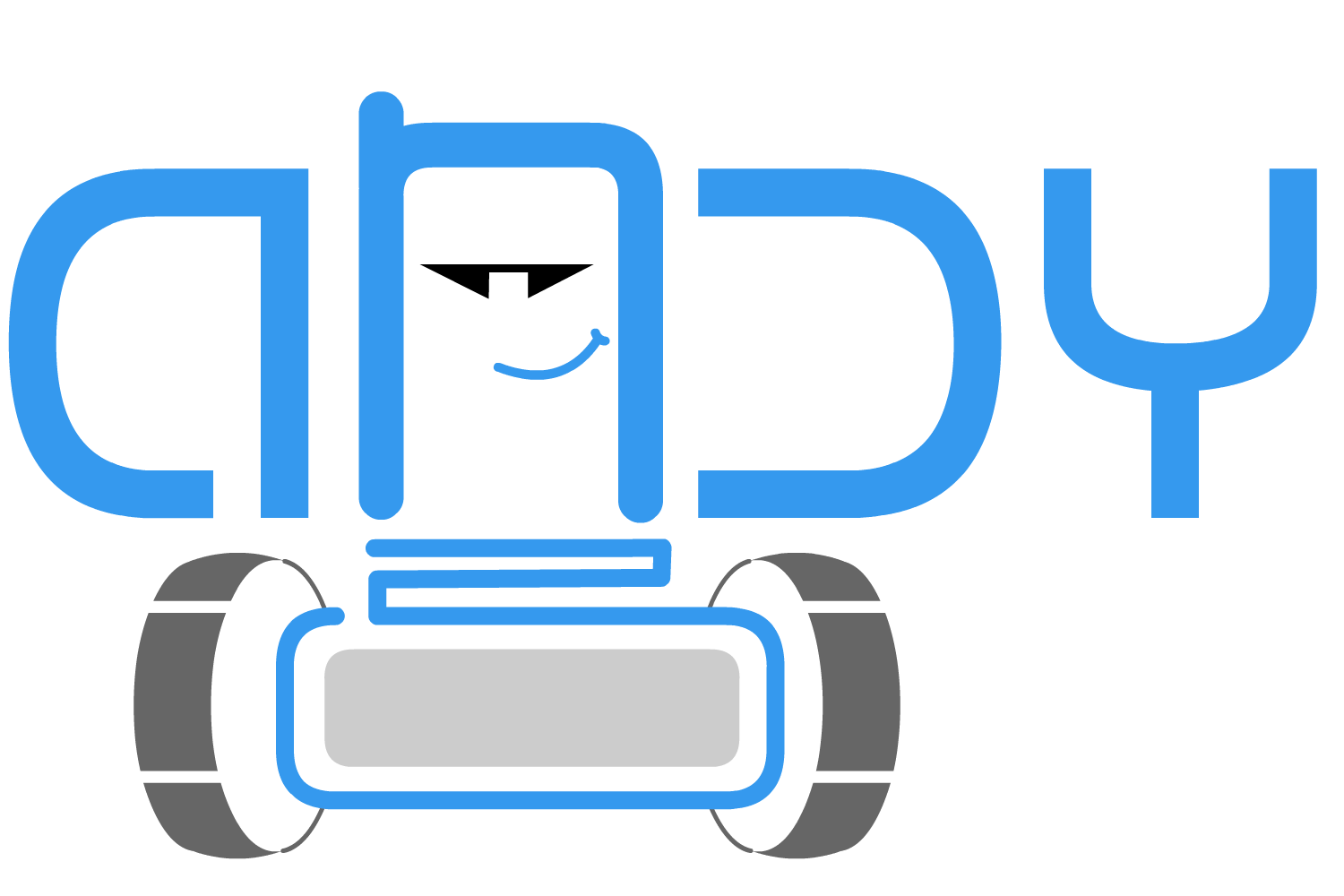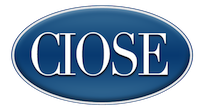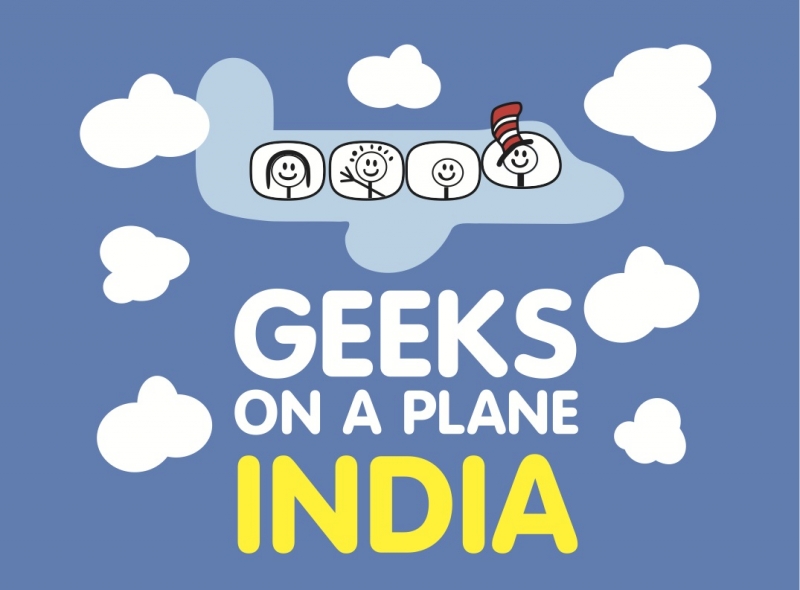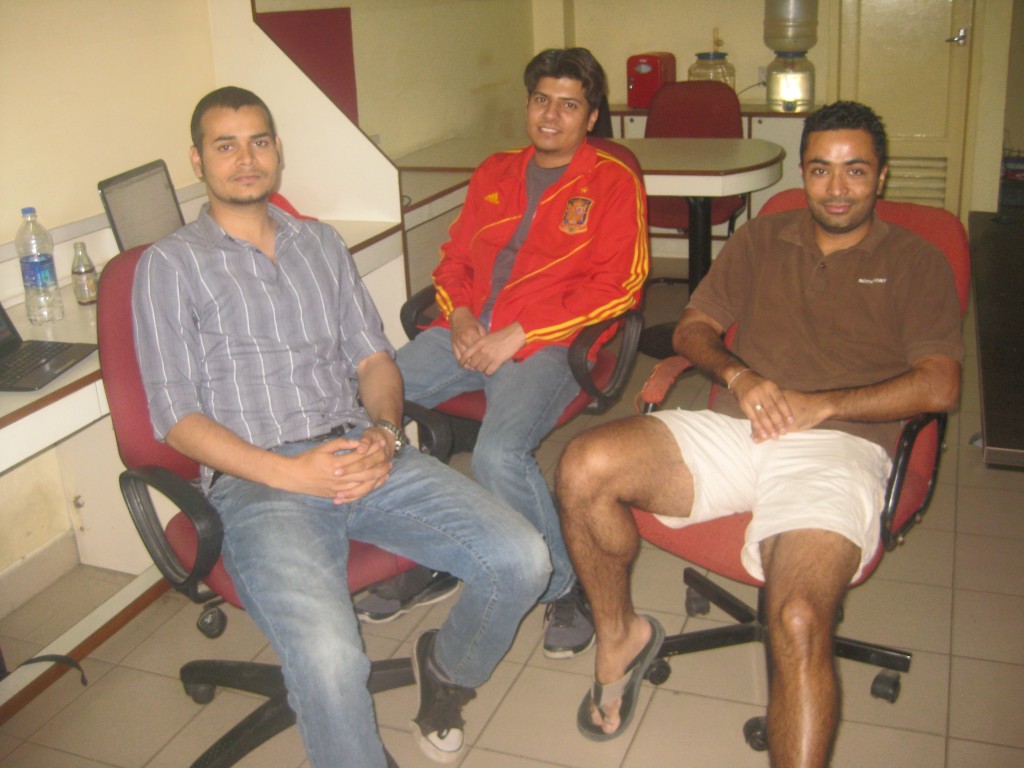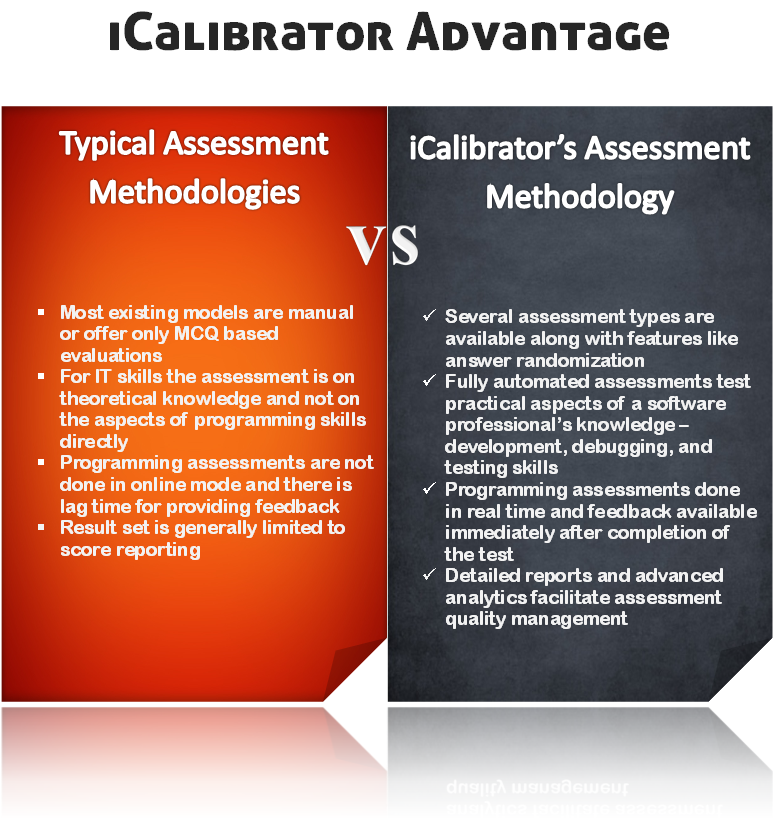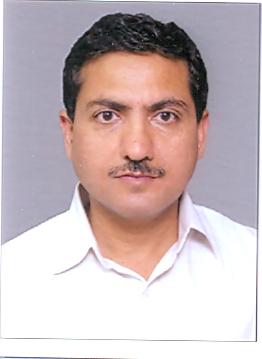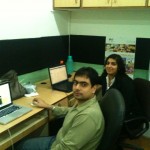Exotel Techcom “Cloud telephony product for SME’s which is like many others but we have a different approach in our problem solving.” says Shivakumar(Shivku) Ganesan, its Founder. Currently Exotel focuses on offering an easiest and fastest way to setup a phone number for your business, with smart applications tailored to business needs. He shares insights for other entrepreneurs about lessons learned in finding a market and growing a startup.
What is your Story? What inspired you to be an entrepreneur?
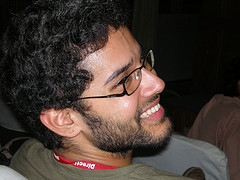 I am a Computer Science graduate from BITS Pilani and after spending some great learning years at Yahoo! I felt I needed a challenge beyond what Yahoo! could offer. I met the Bansals “over a few smokes” and their office was really close to my house, so it sounded exciting and I decided to join Flipkart. That experience awoke my inner entrepreneurial spirit and I decided I needed a venture of my own.
I am a Computer Science graduate from BITS Pilani and after spending some great learning years at Yahoo! I felt I needed a challenge beyond what Yahoo! could offer. I met the Bansals “over a few smokes” and their office was really close to my house, so it sounded exciting and I decided to join Flipkart. That experience awoke my inner entrepreneurial spirit and I decided I needed a venture of my own.
If I could point to one thing, it’s “Impact”. I get up every morning asking how I can impact more people around me and improve their lives. That’s why Roopit was solving my own problem when I was not able to buy a 2nd hand fridge, and Exotel when I could not solve the voice and SMS problems for Roopit. All of this inter connects to wanting to solve existing problems for others, using technology, and hence creating impact.
Why and how did you start your company? Why this Area?
I was running Roopit at that point of time, a C2C marketplace where buyers and sellers could meet and sell over voice and SMS. I was a techie all my life since BITS Pilani, Yahoo! and Flipkart and I wanted to automate the entire voice & SMS platform into a scalable solution for my business. I did not want to hire LOTS of people and build a call center; that was just not me. Also, dealing with telecom operators and trying other products in the market to solve this problem led to many frustrations.
Then, I decided to use a bit of open source and build a platform/product for myself. In the process, I bumped into many of my friends running businesses asking for a similar solution for themselves, and with money hitting the bank from these businesses, the pivot was natural.
What is your product’s differentiator from competitors?
Exotel is a cloud telephony product for SME’s which is like many others but we have a different approach in our problem solving. We believe that a product has to be very very simple and easy to use for firms, especially in a new space involving telephony and that’s the core of our product.
Exotel is the easiest and fastest way to setup a phone number for your business, with smart applications tailored to business needs. Anyone in India can start using the product in 15 minutes after purchasing a phone number and the application they wish to use. The application maybe IVR, voicemail, call recording, data and analytics, API, SMS or a missed call campaign, and all this without much hassle, just a simple setup.
We have also grown and learnt that telephony infrastructure and down times in this space have been common for years, but after an initial harrowing experience with one of our early customers, we have quickly learnt and much of our product focus has been on stability, redundancy and reliability. We even openly talk about the evolution and tactics we have put in place to make up time much quicker.
In a nutshell, quickest, easiest and most reliable phone system setup for your business.
What is the biggest challenge Exotel has faced so far? How did you address the challenge?
As we perceive business phone systems very differently, there is no precedent to draw inspiration from. Each one of us has our own vision of Exotel and they are all just as good as mine. Arriving at clarity on what we are building, why we are building it, how to sell it, what to do, what not do to etc have been time consuming and tough. My role of fusing everybody’s ideas into mine and then creating a consistent story that all of us understand and agree upon has been challenging.
Who is your customer?
A small or really small company up to 20 people, typically in the B2C space that depends on phone calls or SMS for a major portion of their business is our customer.
The belief is that Indian SME’s need to be “sold to” – the job that’s conventionally handled by IT resellers who are critical to Exotel’s business model. What are your thoughts on the changes that Cloud technology might bring to this scenario, with the whole “self-service” angle coming into play?
Cloud (and SaaS) is a service delivery model, so, that does not change the sales and fulfillment models (resellers). Increasingly Indians are buying things online and they will purchase services for their companies too. But that is not going to take away the role of resellers in the short to medium term. Having said that, Who these resellers are, what they are reselling and so on changes quite a bit in the SaaS model. It is likely that the partners in the SaaS ecosystem might be IT services and other consultancy service providers rather than hardware and black-box providers.
What are your future plans?
To create as much impact as possible in society. There are millions of SMEs, and technology hasn’t reached them. If Exotel could save their time and money so that they can go home early and spend it on their family, that is a plan worth working for.
What have been your BIG lessons – personal, professional and otherwise?
- Solve someone’s problem.
- Most Indians have a “services” bent of mind. “Product” and “SaaS” bent of minds have to be acquired/taught (learned).
- Hire for attitude rather than/along with talent
- It is possible to learn and excel in nearly everything.
- Many “middle management” people from MNCs (who were very successful) are not readily suitable for a start-up.
We see a lot of product start-ups coming up in both the enterprise and consumer space. What would be your advice to start-ups — where do you think they are lacking, and how should they go about correcting these issues?
I don’t think I am qualified to give advice to other people yet. My entrepreneurial life is guided by two concepts:
Curiosity: A genuine desire to learn new things and correct one’s mistakes.
Self-motivation: The need to get somewhere in life (being driven).




